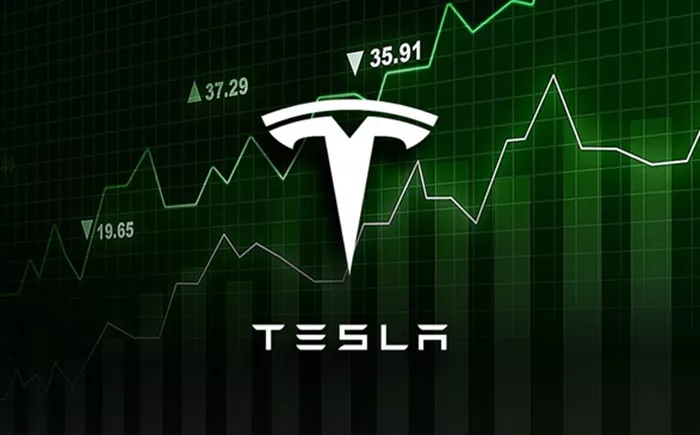Tesla Inc. (NASDAQ: TSLA) saw a sharp 10% drop in its stock price following an underwhelming robotaxi reveal event on Friday, where CEO Elon Musk presented the company’s vision for autonomous ride-sharing. The “Cybercabs” unveiled are two-seater vehicles without steering wheels or foot pedals, intended to operate entirely without human intervention.
Wall Street’s Disappointment
The event did not meet Wall Street’s expectations, with analysts criticizing the Cybercab demos for resembling amusement park rides due to their slow speed and controlled environment. This reception contrasted sharply with the already established autonomous taxi services offered by competitors like Waymo, making Tesla’s announcement seem less groundbreaking.
Tesla’s stock opened at $220.13 on Friday, falling to a low of $214.38 before closing at $217.80. This marked a notable decline from Thursday’s close of $238.77, reflecting investor dissatisfaction.
Key Concerns Raised by Analysts
Analysts cited the lack of concrete execution plans and detailed strategies for Tesla’s robotaxi initiative as major issues. Toni Sacconaghi of Bernstein emphasized that more proof of concept is needed to reassure investors about the viability of Tesla’s autonomous network. With Elon Musk projecting a 2026 or 2027 launch for the robotaxi network, skepticism remains high about whether Tesla can overcome technical and regulatory barriers to realize significant profits.
Implications for Ride-Hailing Competitors
The market’s reaction also favored traditional ride-hailing services, with Uber’s stock rising by 9% as investors doubted Tesla’s ability to disrupt the sector in the near term. The sentiment suggests that while autonomous technology is advancing, the practicality and regulatory acceptance of fully driverless services remain uncertain.
Conclusion
The lukewarm response to Tesla’s robotaxi reveal highlights the challenge of convincing investors about the future of autonomous mobility. With Tesla’s stock decline underscoring skepticism, providing more detailed execution plans and demonstrating feasibility will be crucial for gaining investor confidence and making headway in the competitive landscape of autonomous transportation.
Related Topics:

